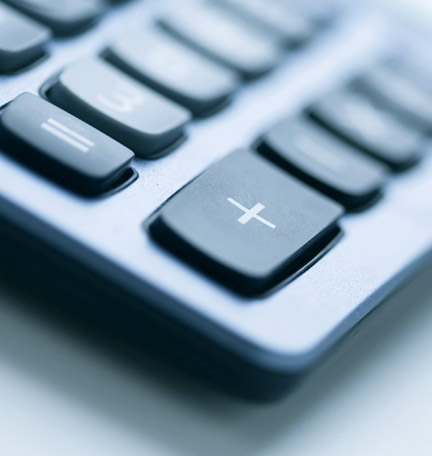Create a Budgeting Plan to Improve Financial Fitness
To help improve your finances, it’s a good idea to assess your financial health at least once every year. Here’s how to get started.
If you want to get on the path to financial wellness, it’s best to start with the basics: a budgeting plan. “A budget is both a temperature check on your current finances and a map to financial wellness,” says Sarah Young, Next Step Team Program Manager at Regions Bank. “Without a personal spending plan, also known as a budget, it’s extremely difficult to meet your financial goals.”
With that in mind, here are three steps you can take to assess your financial preparedness and create an improvement plan that will help you get your finances on track.
Step 1: Take Your Financial Temperature
You don’t have to be an expert to begin to analyze your financial wellness. To get a general idea of your status:
- Add up your assets, such as bank account balances, retirement savings, real and personal property, and investments.
- Subtract your liabilities, including credit card balances, student loan debt, car loans, mortgages and any other loans that may affect your interest in real or personal property.
- The result is your net worth. A high positive number generally indicates financial wellness, whereas a negative number generally indicates that there could be a problem.
However, raw numbers don’t always tell the full story. “For example, you could own a lot of real property outright and have no liabilities but have few liquid or cash assets,” says Young. “That could cause money management problems if you need cash quickly.”
Determine how long you could probably continue to pay your bills if you lost your income—in other words, your emergency fund—by calculating your monthly living expenditures ratio:
- Add up your annual expenses and divide that number by 12 to determine your average monthly expenses.
- Add up your accessible cash and savings (e.g., money that you can access within a short period of time such as a couple of days or a week) and divide the result by your monthly expense amount.
- What does the result tell you? Ideally, you want the result to fall between at least 3.0 and 6.0, meaning you could cover three to six months of living expenses if you lost your income. The higher the number, the bigger your emergency fund and the more prepared you are to manage unexpected expenses or loss of income.
Leverage our financial planning checklist for other simple equations to help gauge your financial wellness.
Step 2: Set Your Financial Target
Everyone’s financial goals are different. They range from paying off student loans to buying a new car or home to saving for retirement. To set your own financial goals:
- Plan out five years. Think about where you want to be in five years and what you will need to achieve financially to get there.
- Document goals. Write down those goals along with a target date for achieving them.
- Decide on tasks. Break your goals into itemized tasks that you can do on a weekly or monthly basis so that you know exactly what it will take to reach your goal.
- Track your progress. Track and celebrate milestones along the way. Don’t forget to reward yourself for meeting your goals!
Once you’ve established your goals, you may need to prioritize them in order of necessity. “For example, if your emergency savings aren’t what you want them to be, you may decide that’s your top priority,” says Young. Once you’re on target, you might start working toward your next important goal. To ensure that everyone is on the same page, you may want to discuss these priorities with your partner or family.
Step 3: Gauge Your Financial Wellness Progress
A key aspect of financial wellness is being able to stick to a spending plan and reach your financial goals. To assess your money management skills, monitor your monthly spending to see how closely it aligns with your monthly expenses. If you find you’re spending more than you need to, identify what you’re buying and think of ways to avoid making unnecessary purchases. “If you’re spending too much on weekday lunches by dining out, try fitting time into your schedule to plan for and pack a lunch you’re sure to enjoy. You might even find it’s healthier and more cost effective. That would be a win-win,” says Young.
Also track your progress against your weekly and monthly milestones as well as your projected end dates. If you frequently miss savings targets, determine where extra money you believe you should have at the end of each month is going. If unplanned expenses are eating up your disposable income, make sure future surprise costs are necessary ones, such as fixing the car or a leaky faucet. If these expenses continue to cause problems, look for ways to cut back on other expenses.
This type of proactive budget planning can help you strengthen your personal finances and make progress toward your savings goals.
Three Things to Do
- Get started on a budget today and chart your course to financial wellness.
- Saving for a goal—like a down payment on a house or a vacation? Use one of our savings calculators to help create a plan.
- It’s never too early to plan for retirement. Visit Regions today to develop a retirement plan for you and your family.






